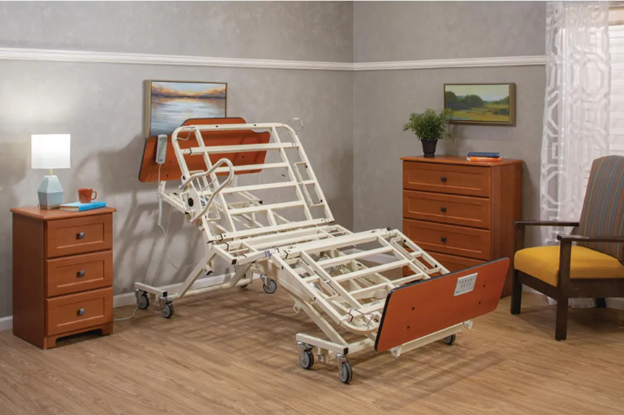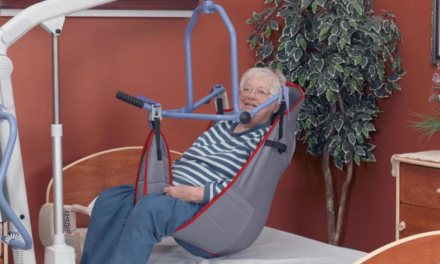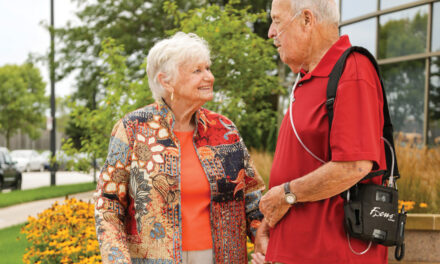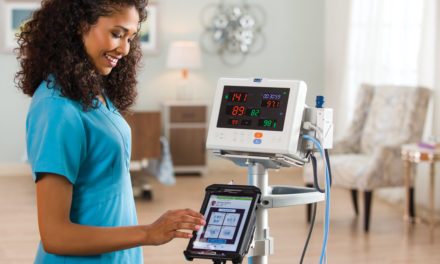Investing in quality medical beds is crucial for any senior resident room. The right beds can significantly enhance staff satisfaction and facility efficiency in both short-term and long-term care settings, including specialized units.
Types of Medical Beds
Standard Adjustable-Height Beds
- Adjustable travel heights; typically don’t go lower than 9″
- Most adjustable-height beds offer standard functions, including articulating head and knee sections for resident comfort
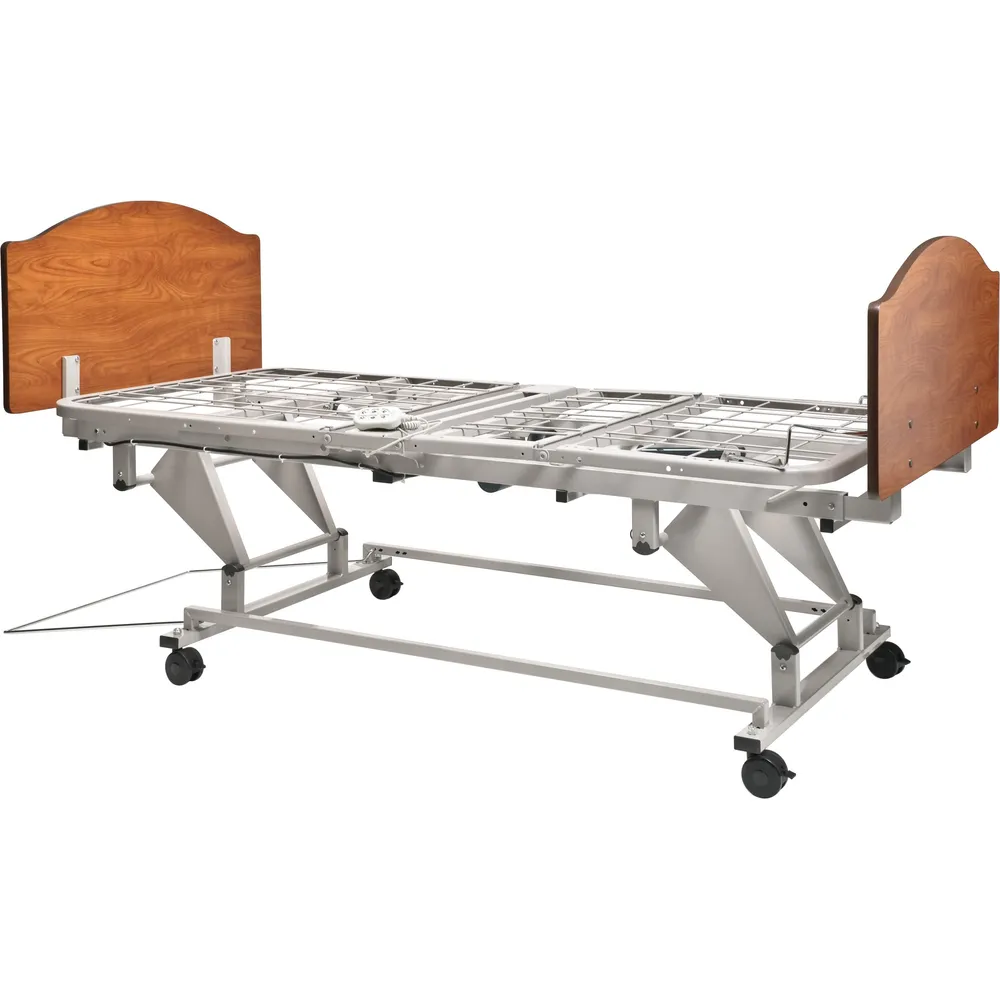
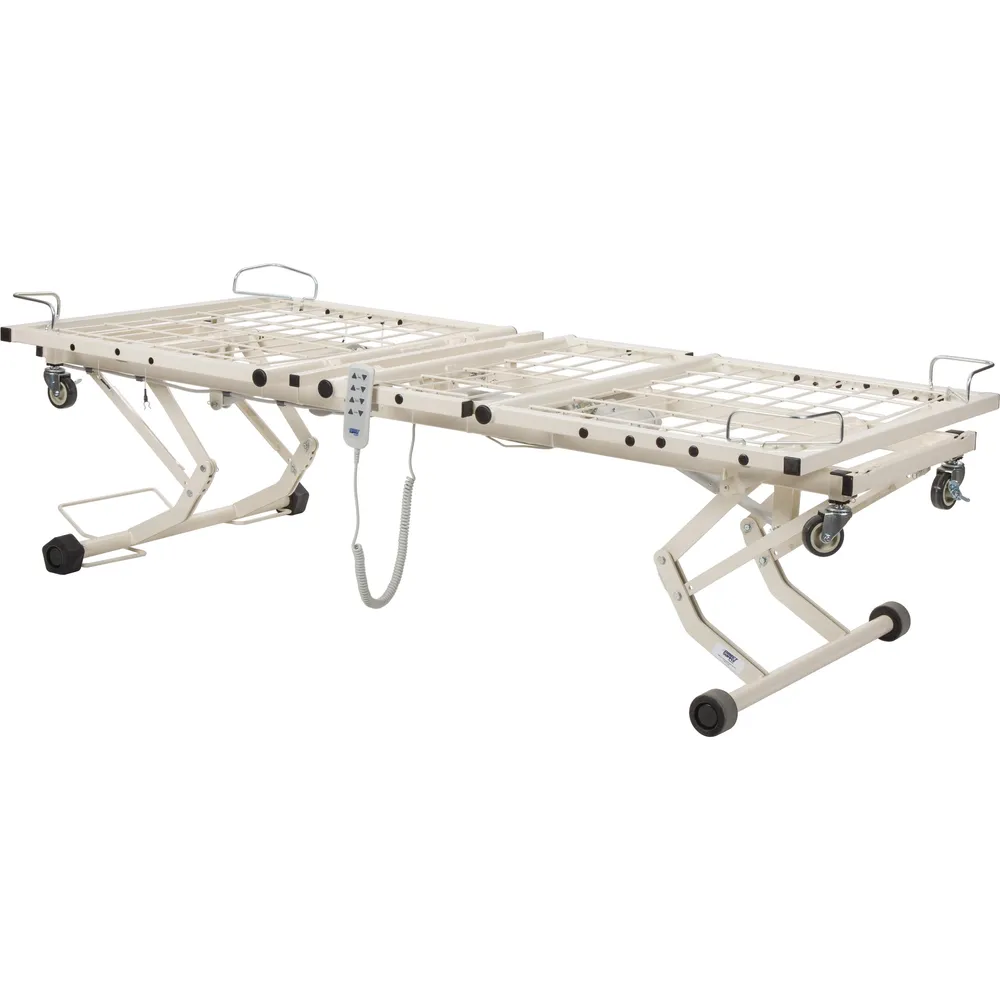
Adjustable-Height Low Beds
- Adjustable-Height Low Beds have the best combination of features for Senior Living
- Same functions as Standard Adjustable-Height beds, but can be set to a low height of 10″ or less to help protect fall-risk residents
- Can go higher; a bed at 30″ combined with a 6″ mattress provides a safer working height for caregivers
- Some models offer five functions, including Trendelenburg and Reverse Trendelenburg
Bariatric Beds
- Bariatric hospital beds are specifically designed for larger residents
- Wider and often longer than other beds to accommodate weight capacities up to 1000 lbs.
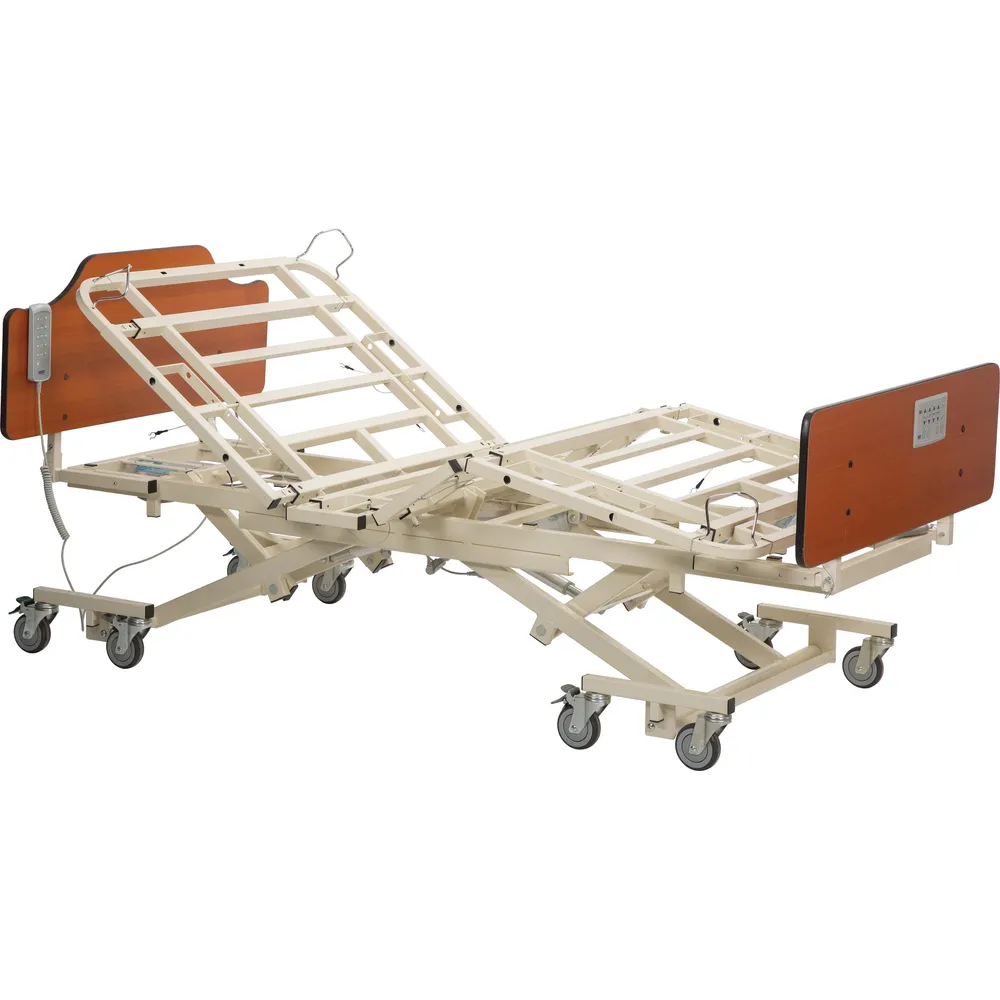
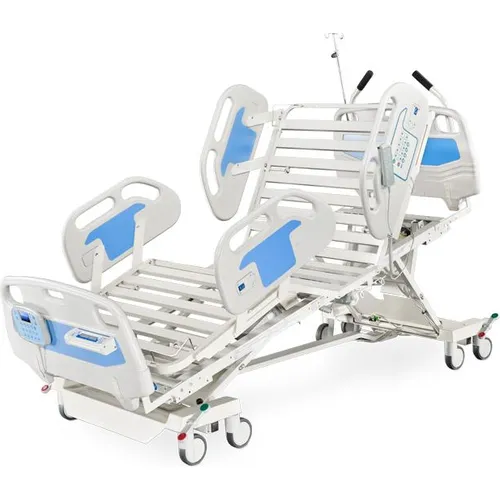
Acute Care Beds
Acute Care Beds include more advanced features than many beds, including:
- Built-in fall management systems
- In-bed scales
- Siderails with built-in controls
- Angle indicator for head elevation
- Advanced positioning options such as Trendelenburg and Reverse Trendelenburg
Home Care Beds
- Can help reduce the risk of pressure ulcer development or other health problems associated with prolonged bed use
- A cost-effective solution for residential communities
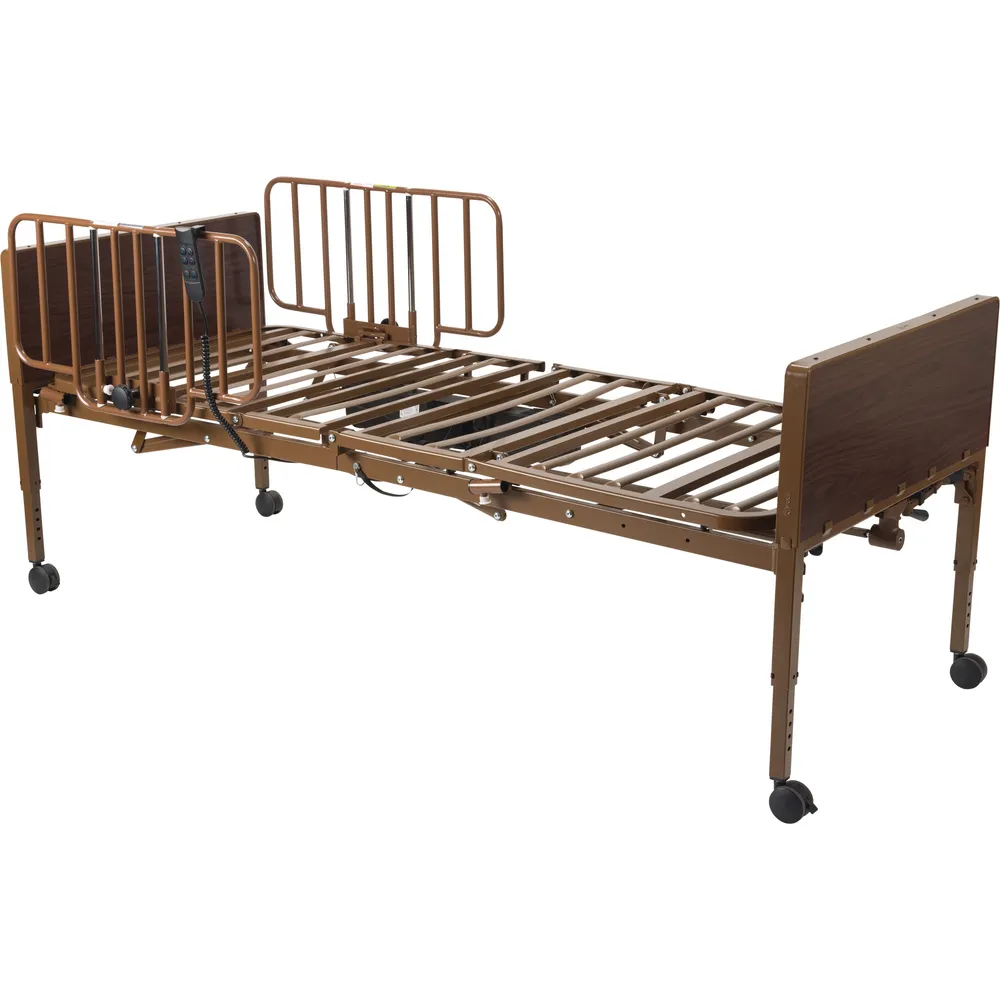
Key Considerations for Medical Beds
Bed Width & Length
- Standard senior living beds are typically 35″ or 36″ wide, narrower than the standard twin bed (39″ wide), providing less space than residents are used to.
- A wider bed (39″ or 42″) offers more room for sleeping and repositioning, reducing fall risks and enhancing comfort.
- Extra-wide beds may have:
- A fixed width
- Built-in adjustments for multiple width options
- Add on kits to expand the bed width
- Extra-wide beds may have:
- Bed lengths also vary, with common fixed lengths of 76″, 80″, or 84″. Some models offer adjustable lengths or length extenders.
Quick Tip: Larger, safer, more comfortable beds can distinguish your community and attract potential residents.
Mobility & Rolling Position
- Mobile-at-Any-Height Bed:
-
-
- Convenient for caregivers as beds can be rolled without repositioning.
- Many models feature single-step locking mechanisms, while some require locking all four casters
- Note: There is a risk of leaving the bed in a mobile position, which can be unsafe for residents using it as support.
-
- Roll-in-Low Bed:
-
- Generally safer, as the bed is always locked, requiring the bed to be lowered before moving
- Minimizes risks associated with human error or forgetting to lock the bed casters
Positioning
- Auto Contour:
- Simultaneously moves the head and knee sections, preventing residents from sliding and reducing shear and friction injuries
- Trendelenburg Positioning:
- Elevates legs above the heart for better cardiac and circulatory support, aiding in postural drainage and reducing caregiver strain
- Reverse Trendelenburg:
- This position elevates the head above the heart, which aids in improving respiratory function by facilitating better lung drainage, particularly beneficial in pneumonia cases. It also reduces pressure on the diaphragm, making breathing easier for patients with respiratory conditions
- Comfort Chair Positioning:
- Aligns hips and shoulders, improving comfort and aiding in swallowing, breathing, and circulation
- Manual Leg Lift:
- Elevates the foot section, adding positioning options and making heel care easier for caregivers
Height Range
- Low heights reduce injury risk from roll-out falls
- Higher positions minimize staff injury risk during bedside care
Weight Capacity
- Most beds accommodate 450 to 600 pounds, suitable for most residents. Bariatric models support higher weights
- Quick Tip: Consider the combined weight of the resident, bedding, mattress, assists, and accessories
Horizontal Movement
- Beds without horizontal movement can be raised or lowered without drifting, preventing potential damage to walls in tight spaces
- Note: Some height-adjustable beds may drift outward up to 9″, which can be problematic in confined spaces
Medical Bed Accessories
Assists
Bed assists make repositioning, rolling over, egress and ingress more convenient for caregivers, safer and more comfortable for patients
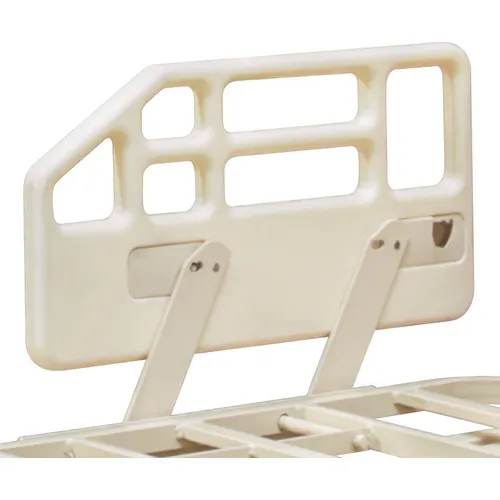
Underbed Lights
Can help reduce the risk of falls for residents getting in and out of bed
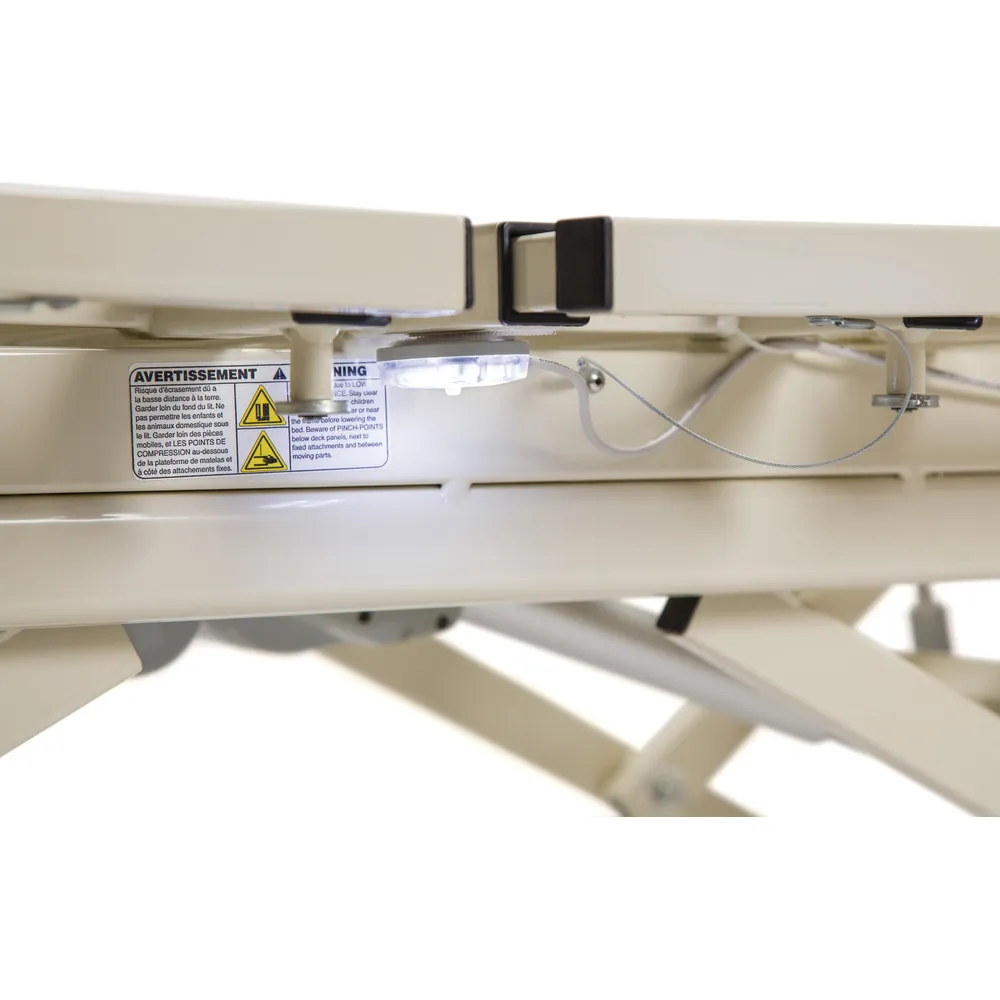
USB Charging
Allows residents to conveniently charge personal devices from bed
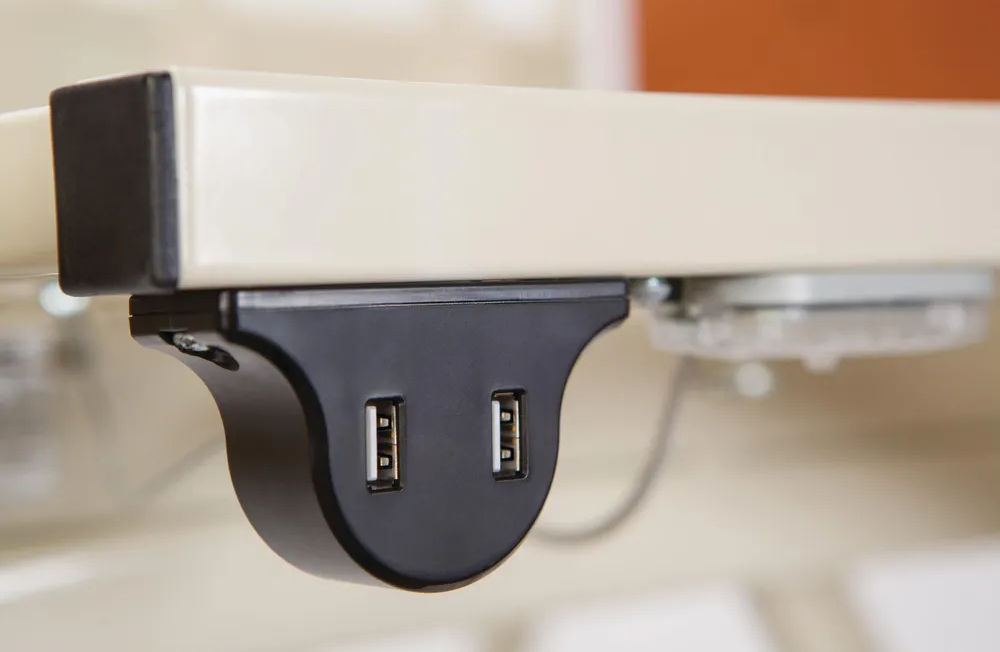
Bed Scales
Bed scales allow monitoring and recording of weight without the need for resident to leave bed
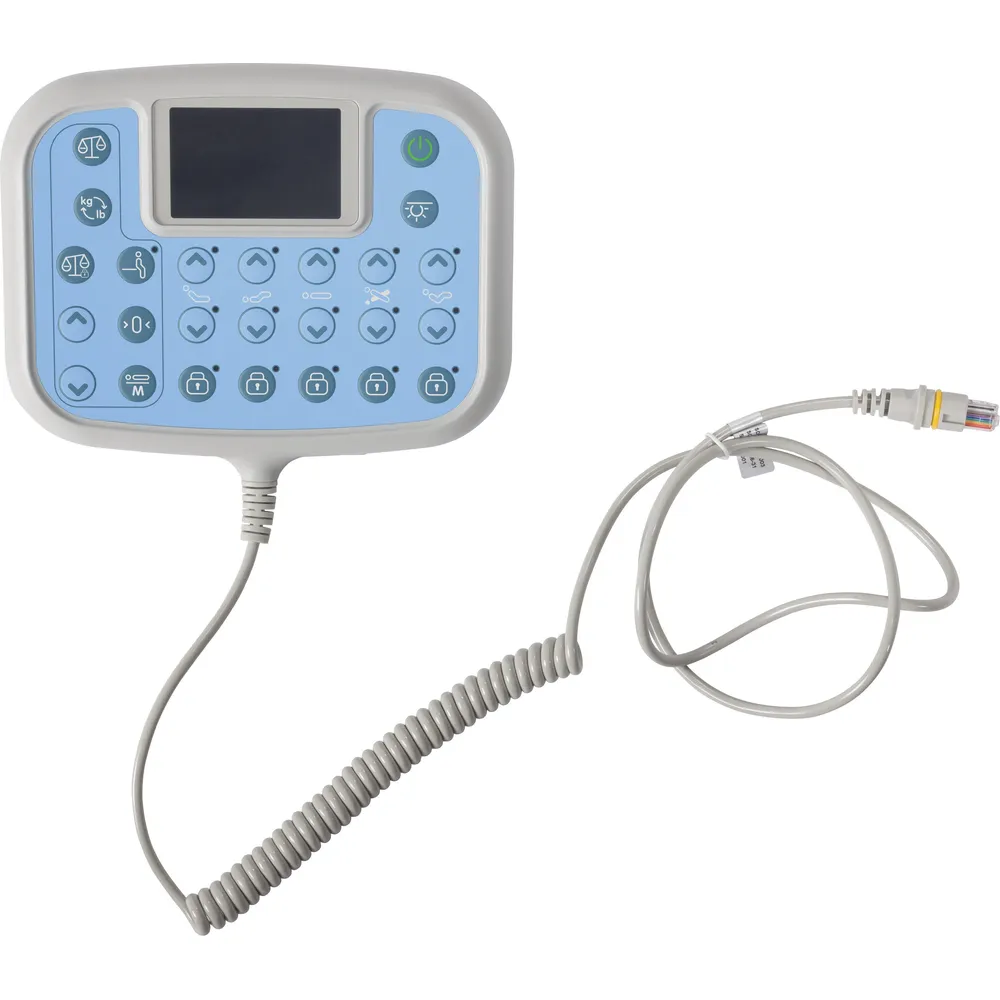
Bed Dollies
Designed to make moving and storage of beds easier and more efficient
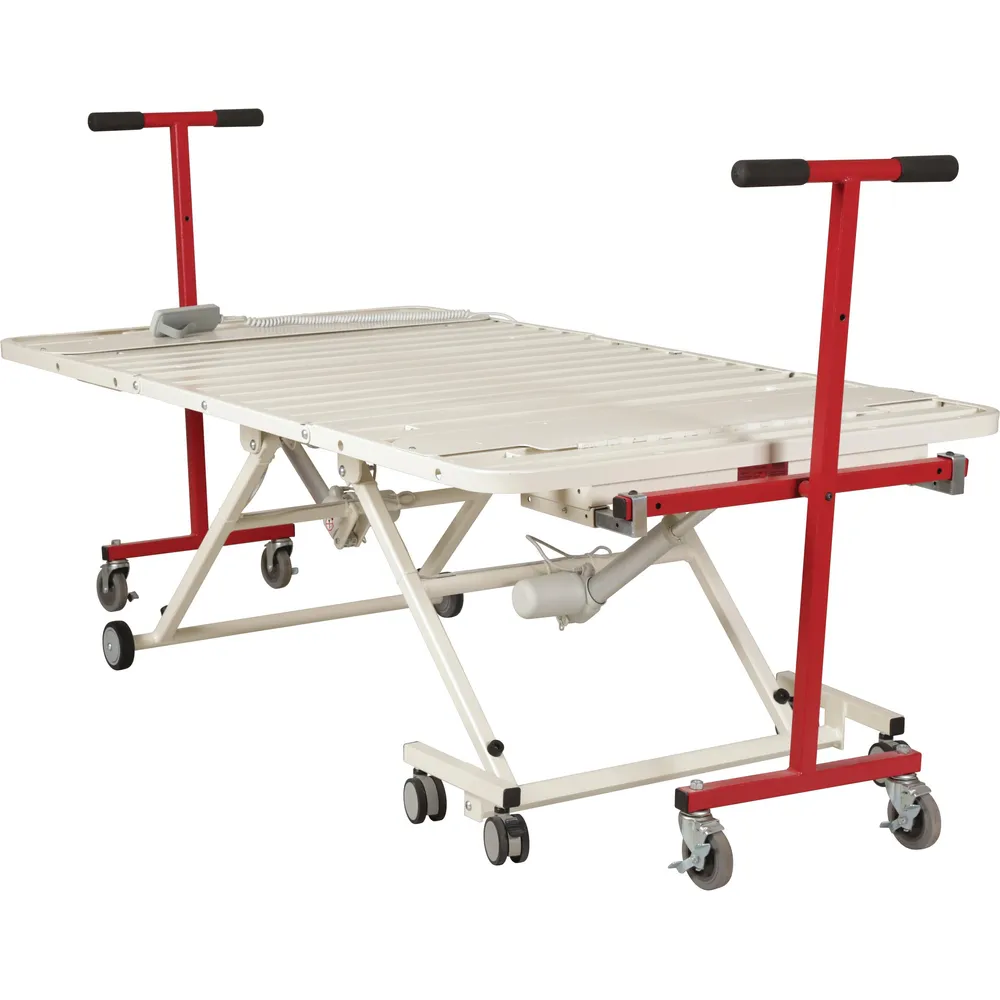
Medical Bed Safety
Safety should be your top priority when selecting medical beds. Ensure that any bed you consider meets all relevant safety standards and is constructed from high-quality materials designed to withstand the demands of a busy healthcare facility.
Compliance with FDA entrapment guidelines can help decrease the risk of bed entrapment in your community.
All beds sold by Direct Supply meet FDA standards when used with a properly fitting mattress. For more information on these guidelines, including tips for creating safe bed systems, please download a free copy of our Entrapment Guide today.
Medical Bed Warranty
Medical beds are pieces of sophisticated equipment that you should expect to perform in demanding healthcare environments for years at a time. All reputable manufacturers will stand by their products and offer ample coverage should problems arise. Look for warranties that include coverage for Frames, Welds, and Electronics.
Medical Bed FAQs
What is a medical bed?
A medical bed is a specialized bed designed to provide comfort, support, and safety for patients and residents in healthcare settings. These beds offer features such as adjustable heights, head and foot sections, and built-in safety mechanisms.
How do medical beds improve patient and resident safety?
Medical beds improve safety by reducing fall risks through adjustable heights, providing sturdy side rails, and ensuring stable construction. Some models also offer alarm systems to alert caregivers if the bed is in an unsafe position.
Are medical beds easy to move within a healthcare setting?
Many medical beds are designed for mobility, with features like wheels and locking mechanisms. Some models allow movement at any height, while others require the bed to be in a low position before moving.
How do I maintain a medical bed in a senior living facility?
Regular maintenance includes checking for loose parts, ensuring all mechanical functions work properly, cleaning surfaces according to manufacturer guidelines, and replacing any worn or damaged components.
Direct Supply® makes finding the right medical beds easy
When it comes to medical beds, we know there are hundreds of choices on the market today and finding what’s best for your facility can be a challenge. That’s why Direct Supply offers a vast assortment of top quality models in one convenient place…plus this guide to help you sort through all the important considerations and features. Once you’ve made your pick, you’ll find easy ordering, convenient delivery and installation services, budget-friendly financing options, and a 100% satisfaction guarantee.
Of course, if you need assistance you can count on our expertise to help you find exactly the right match for your specific requirements and budget.
